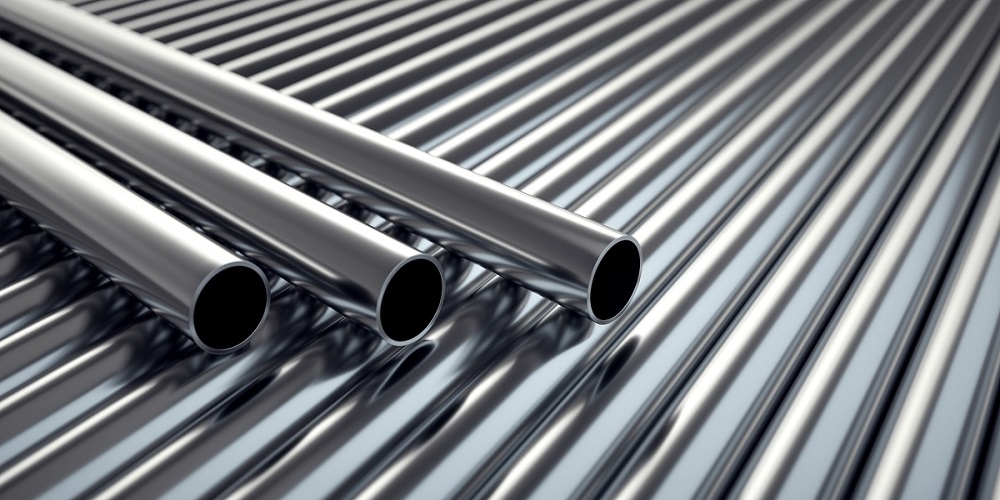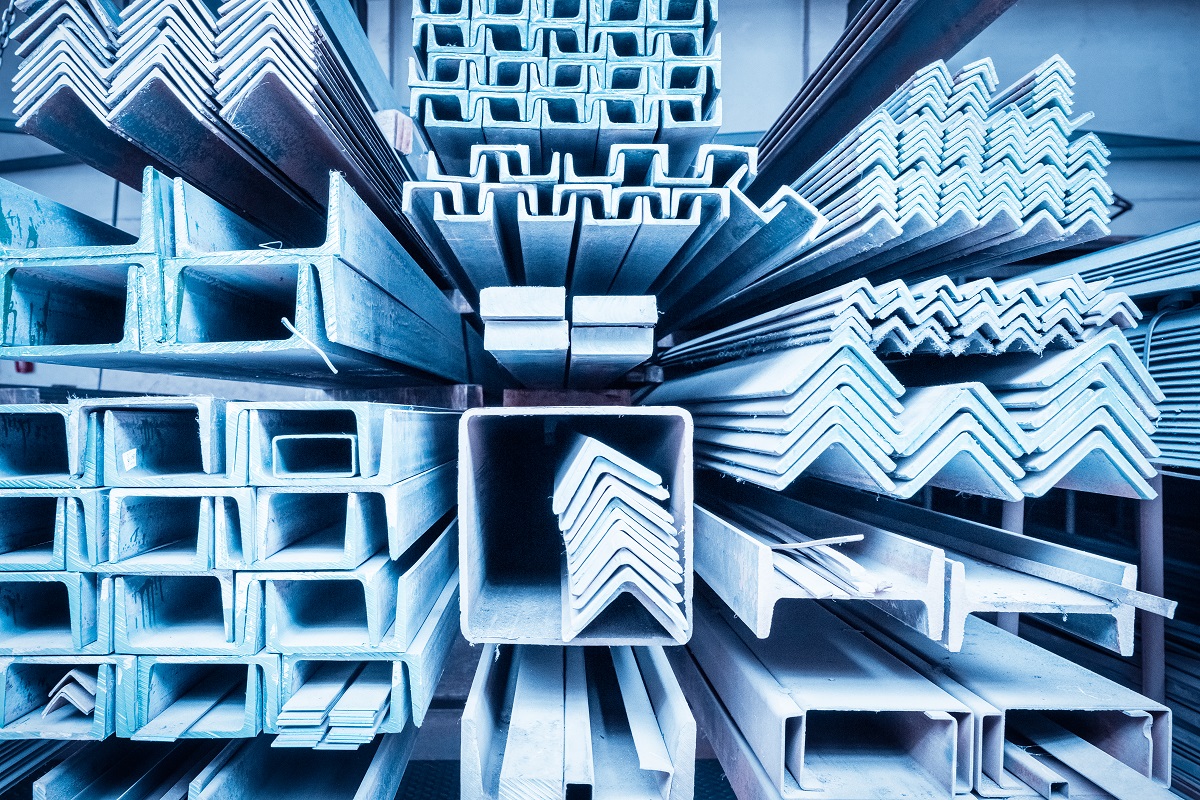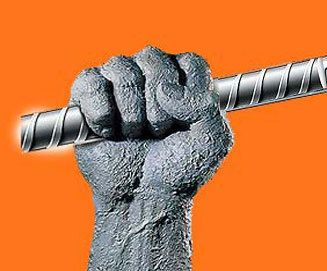Pipelines are the essential components in the industry and home as well. These pipelines transmit water, natural gas, sewage systems, and many more for refineries, factories, and homes. Thus, steel pipes play a vital role in transmitting the essentials. However, for a steel pipe to last longer, you need to coat the pipe to prevent corrosion and damage. The steel suppliers use various types of coating in the form of liquids, gases, or solids. These coatings are applied on the topmost layer of the pipe to resist cracks and damage. Steel pipes can last for 100 years, but they need to be maintained as long as the fluid inside touches the pipe’s lining. Hence, nowadays, industries use two types of techniques, namely pipelining and pipe coating. The primary aim of these methods is to prevent direct contact of the pipe with the fluid inside. Hence, in this post, let us see the common types of a steel pipe coating to withstand external and internal factors.
High-Performance Powder Coating (HPPC):
The commonly used coating by many industries is the High-performance powder coating (HPPC). The HPPC coating is a combination of polymer resins. The resins are composed of flow modifiers, colorants, additives, and many more. The steel suppliers in Chennai use HPPC coating for the pipes that are used in extreme environmental conditions. It is the reason why you see HPPC coating pipes in the metal refineries and oil and gas pipelines. The HPPC coating contains a compound polyethylene that acts as a protection layer for pipes during transport and underground projects. The polyethylene component in HPPC coating is the best in maintaining the quality of the pipes despite being exposed to chemicals and soils. Thus, HPPC coating is suitable for pipes with diameters from 14 inches to 42 inches. Hence, these coatings are not suitable for construction pipes because of their smaller circumferences.
High-Density Two Layer Polyethylene Coating (HDTLPC):
The high-density two-layer polyethylene coating is the combination of powder and adhesive layers. This coating also consists of polyethylene content similar to HPPC coating. The HDTLPC is the topmost coat given to the multi-layered system. In regular two-layer and powder coating, they have poor resistance, peel-off easily and are suitable for a low-temperature surrounding. Thus, HDTLPC was developed mainly to overcome these shortcomings. The HDTLPC coating allows the steel pipes to maintain their physical form and shape even during stacking or storage.
Fusion Bonded Epoxy Powder Coating (FBE):
The FBE coating is suitable for pipes that are smaller in size and diameter. These are resistant to higher temperatures than the HPPC coating. Hence, due to their outstanding resistance to extreme weather conditions they are used in oil and gas refineries. Thus, the FBE coating offers long-term corrosion resistance for the pipelines. Similarly, FBE coating is applied to SAIL TMT bar to prevent the rebar from corrosion.
Therefore, these are the common types of coatings applied to the steel pipes to last long.
The JSW steel dealers in Chennai are the best dealers to purchase the well-coated steel pipes for industrial and residential purposes.




